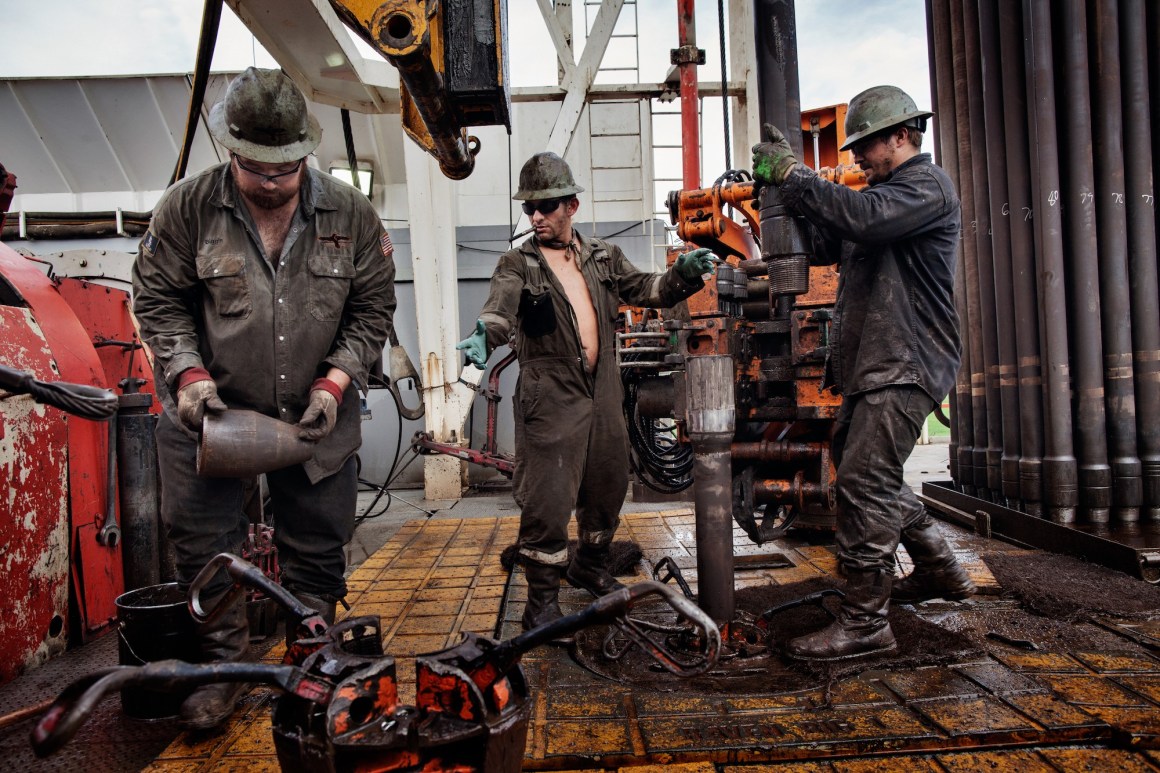This photograph originally appeared in the March/April 2017 issue of Pacific Standard.
Radical Efforts to End Homelessness: A Sober Utopia
In a remote corner of Colorado, a radical experiment is underway to rehabilitate the state's most downtrodden residents.





